KEY TAKEAWAYS
Retread tires, also known as “recap tires” or “remolded tires,” are a great way to get more out of one of your fleet’s most important investments. Retread tires go through a rigorous remanufacturing process to extend the lifespan of a casing with all-new tread.
These days, high quality radial commercial truck tires are designed with future retreading in mind. Intact casings in good condition can be rejuvenated with fresh tread at least once, if not multiple times in many cases. Put simply, the process consists of removing old tread fragments and repairing any damage, resurfacing the tire, then affixing an all-new layer of tread to the casing.
Retreading is such a successful way of managing fleet tires and truck tires that nearly half of all North American replacement truck tires are retreads. Cutting edge retread techniques and tread patterns help commercial tires get a fresh start and stand up to all the same demands as new tires.
Retread tools, processes and manufacturing methods continually evolve and improve over time, and retread tires are safer and more effective than ever. You can rest assured that retread tires have strong structural integrity with new tread molded over existing, well-maintained tire casings.
Bandag’s thorough 10-step process for tire retreading ensures the highest quality recap you can trust. We use human expertise and technology throughout the retread cycle to meet our exceptionally high standards and ensure long-lasting, quality performance of your retread tires.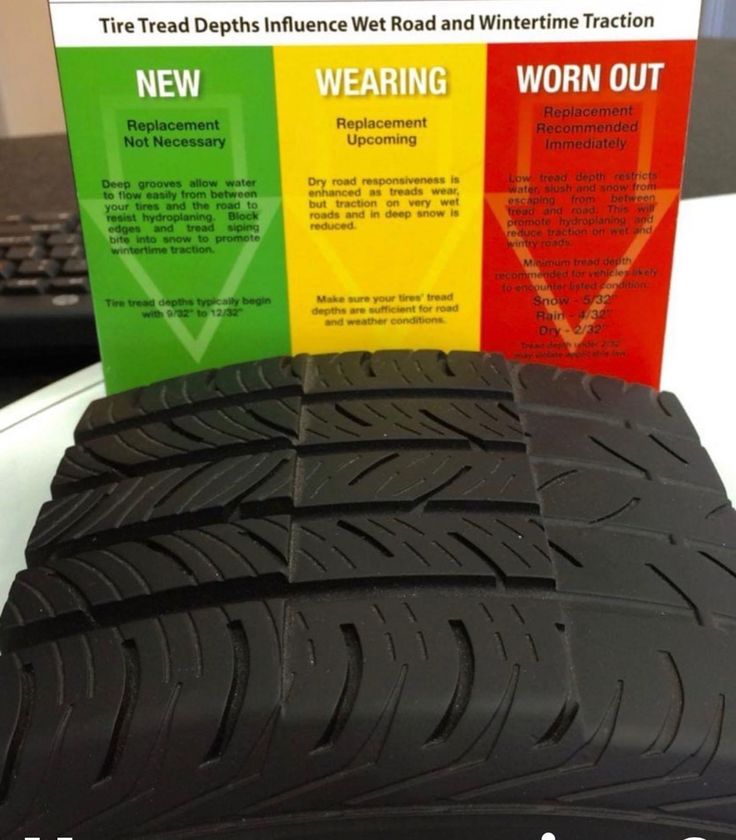 Here’s a summary of how our retread process works - click here to view all 10 steps in detail, including photos and videos.
Here’s a summary of how our retread process works - click here to view all 10 steps in detail, including photos and videos.
1. Tire Inspection
Trained and qualified Bandag specialists perform a thorough hands-on inspection of every part of the tire to identify any visible injuries. We follow that with an electrical inspection that uses technology to examine the crown and sidewall for issues that may not be visible to the naked eye. We also use shearography - laser technology to assess material quality and do non-destructive strain testing. This can identify any anomalies, embedded debris, and other non-visible damage. We only proceed with safe and structurally sound tire casings for retread.
2. Buff & Repair
We inflate the casing to its operational shape, remove any worn tread surface, and true up the roundness of the tire, which reveals the undertread and readies the surface for next steps.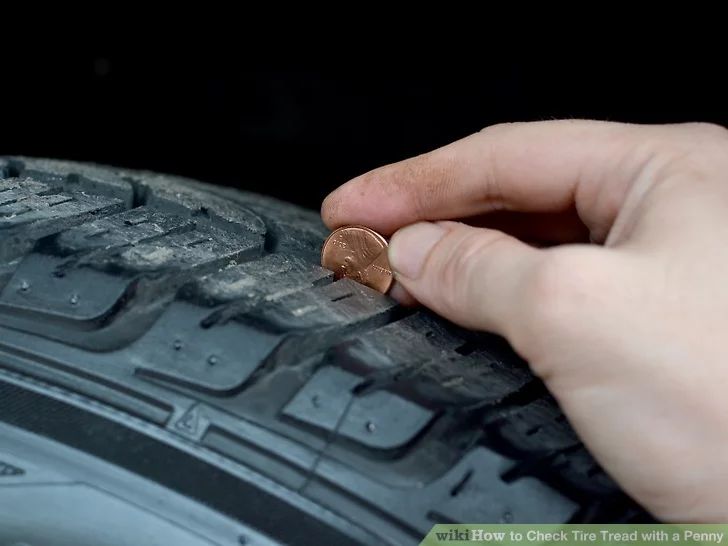 At this stage, we also remove any damaged tire material and make any necessary repairs to get the tire casing into optimal condition.
At this stage, we also remove any damaged tire material and make any necessary repairs to get the tire casing into optimal condition.
3. Cushion & Build
Next, we apply cushion - an uncured bonding layer - onto the casing surface. We carefully apply new tread to be perfectly straight and centered on the tire casing on the freshly buffed surface.
4. Envelop & Cure
The retread tire is fully assembled now, but it needs to be wrapped and cured to permanently secure the new tread to the bonding layer.
5.Final Inspection
That’s right, we go through the inspection stage again! We repeat the process to ensure the retread tire meets every one of our quality specifications. Your newly retreaded tire must provide better grip, reliability and top-grade tire performance.
There are many benefits to retread a tire.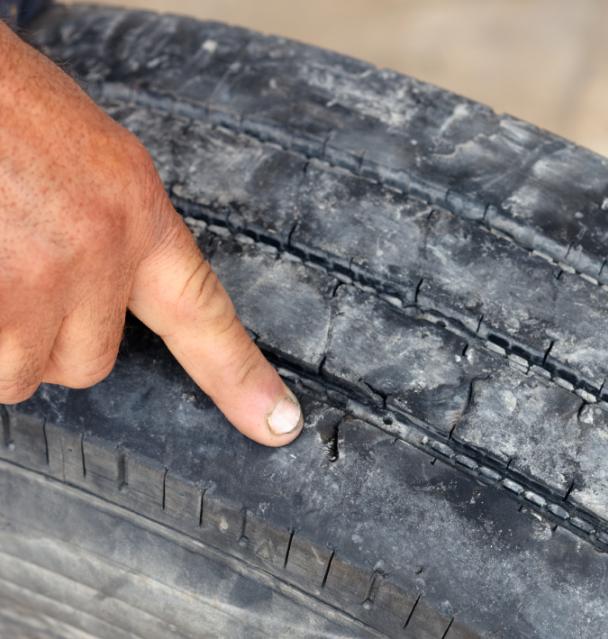 Commercial retread tires look and act like new tires, but at a far lower cost, and with economic, environmental and efficiency benefits to boot.
Commercial retread tires look and act like new tires, but at a far lower cost, and with economic, environmental and efficiency benefits to boot.
Tires are the leading maintenance cost of commercial vehicles. Tires are also second only to fuel when it comes to fleet expenses. Both maintenance and fuel expenses can benefit from a retread program.
Of the numerous benefits of retread tires, the most impactful may be the cost savings for your fleet. According to a report from Robert Handfield, Ph.D. at North Carolina State University, a retread strategy can improve your fleet’s metrics like cost-per-mile, cost-per-load and cost-per-vehicle, among others. The commercial and military aircraft industries save an estimated $100 million per year, and the trucking industry saves another estimated $3 billion per year thanks to retreaded tires, according to the Tire Retread & Repair Information Bureau.
The bulk of the cost of new tires comes from the tire casing, so replacing just the tread that meets the road makes up only a small percentage of the cost of a new tire. According to the 2005 book, “Managing Closed-Loop Supply Chains", retreaded tires preserve about 90% of the tires “perfectly good material” as well as selling for about 30 to 50 percent of the comparable new tire price. Between the immediate cost savings and the life extension from retreading a tire one or more times, you can reduce the cost of a tire by one-half to two-thirds. (Calculate your own potential cost savings from retread here.)
The EPA recognizes low rolling resistance (LRR) retread tires as fuel efficient tires. In a recent study conducted by Bandag, Josh Abel, Ph.D, reports tread rubber contributes up to 35% to 50% of tire rolling resistance. Tire retreading decreases that rolling resistance, which in turn reduces fuel costs and drives serious savings for your fleet.
A 2016 Ernst & Young study showed that retreading reduces carbon emissions, natural resource extraction, water consumption, air pollution, and land use.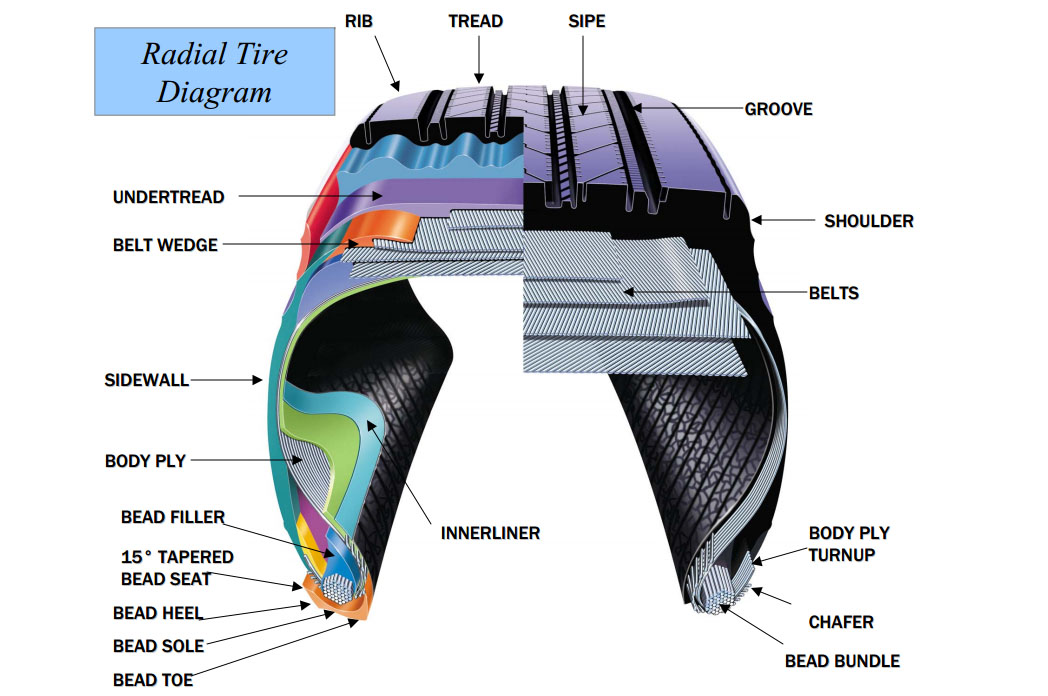
When tires have reached the end of their lives, they typically wind up in landfills. But the retread process helps extend the life of tire rubber and keeps it out of landfills longer. To date, Bandag has kept more than 300 million tires out of landfills since we started retreading in 1957.
According to the NHTSA Commercial Medium Tire Debris Study, each retread tire uses 30% less energy and 15 fewer gallons of oil to manufacture than a new tire. That means the average retread tire takes only 7 gallons of oil to produce, while a new tire takes as much as 22 gallons.
A tire retread can buff an average of more than 12 pounds of rubber off of each tire - or nearly 90,000 tons of truck tire rubber every year. That rubber can be recycled and take on new life as playground surfaces, rubber mats, and rubber mulch, among other up-cycles.
That rubber can be recycled and take on new life as playground surfaces, rubber mats, and rubber mulch, among other up-cycles.
Learn more about how Bandag makes a sustainable difference here.
The retread process is better than ever, and retread tires last as long - if not longer - than brand new tires. They perform just like new tires but for a portion of the cost.
With proper tire maintenance, a quality retread job can add mileage to your tires on par with most brand new tires. With proper inflation to avoid heat build-up and normal preventive maintenance measures, some estimates suggest a retread can add more than half a million miles to your tires.
With every tire retread, you extend the life of your commercial tires and lower your fleet costs. Now that you know all about the construction and benefits of retread tires, you can join the countless enterprise truck fleets, military vehicles, firehouses and ambulances, on-road endurance and off-road rugged race competitors, and even airlines that take advantage of the many benefits of retread tires.
DOWNLOAD OUR SUSTAINABILITY PDF
Thanks for signing up!
Access your favorite topics in a personalized feed while you're on the go.
The disposal of tires represents a significant burden on the environment, so companies like Marangoni developed methods to recycle and reuse old tires. Watch how retreading machines make old tires usable again.
Watch how retreading machines make old tires usable again.
Following is a transcript of the video.
Narrator: When your tire wears out, you take it to a shop where it's tossed out for a new one. The discarded tire is typically recycled — ground up and chemically broken down to use as a building material in streets or parks. Some companies hope to recycle differently. For years, companies like Marangoni have been saving tire casings, replacing the old tread (the rubber that touches the ground) with new tread in a process called "retreading." These tires are not only easier to make — they typically take 20% of the energy of creating a new tire — they perform well too, standing up to the same tests that one-use tires are subjected to.
The main advantage of the tire-retreading process comes from reusing the casings, which accounts for about two-thirds of the value of a new tire. Reusing tires also cuts down on the amount of raw material used and CO2 emitted during the industrial production process.
Let's take a look at the retreading process step-by-step.
A worn tire that is to be retreaded comes into the factory and undergoes visual and instrumental checks. Integral to this step is a Laser Shearography device, a tool that scans the tire in a vacuum to detect damage or defects not visible from the outside as well as separation of the plies, the group of cords and metal wires within the tire. Tires unsuitable for retreading are not discarded, they are destroyed in a thermal processing plant that burns the tires in an enclosed furnace, converting the tires into usable energy without an enclosed furnace, converting the tires into usable energy without emitting harmful gases. The unburned material is recovered. Casings deemed suitable for retreading are tagged with a barcode and are ready to be buffed.
Casings enter a machine that buffs off the remaining tread. The amount of tread that's removed varies according to the type and size of the casing.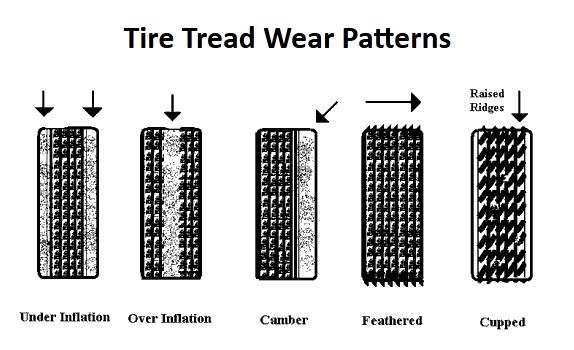 The surface is now ready for the application of the new tread.
The surface is now ready for the application of the new tread.
The buffed casing moves to the crater processing stage. Here it is inspected, and any surface imperfections are repaired. The buffed tire is coated with a sticky layer of non-vulcanized rubber or gum. A pre-vulcanized ring tread liner is stretched and fitted around the tire. A laser ensures the machine is centered on the tire, while clamps emerge and press the tread liner down. The machine holding the tread withdraws. Rollers emerge and smooth the tread liner to the casing.
Each tire is fitted with a rubber envelope and vacuum-sealed. They are brought to an autoclave, or pressure chamber, where each tire will be cured. The tires are simultaneously subjected to immense heat and pressure. The chamber heats up to 250° F and imposes around 88 pounds of force per square inch for two and a half to three hours.
Finally, a technician applies the finishing touches.
EDITOR'S NOTE: This video was originally published in March 2019.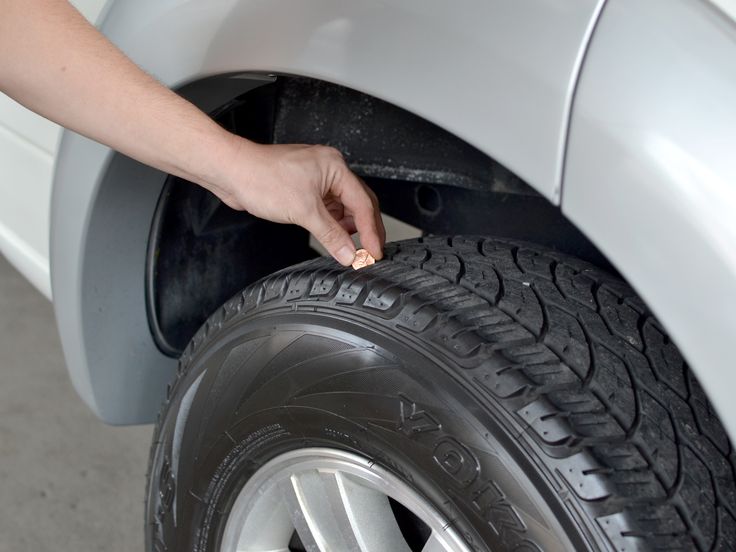
Read next
In one of the previous articles, we talked about how to properly dispose of car tires. This is indeed a very serious problem, because the number of discarded but not properly disposed of tires in Russia is measured in millions of tons. Another opportunity to reduce environmental damage is the retreading of used tires.
The idea of extending the life of car tires dates back to the last century. Always and at all times, zealous car owners wanted more resource from tires. The most widespread are two technologies - the replacement of the tread tape and the so-called recutting of the tread (regruving). Those who remember the times of the USSR are probably familiar with the latest technology - during the years of total shortage it was a popular way to extend the life of tires, including cars. Of course, this happened with varying success - for example, retreaded tires could explode while driving due to the destruction of the cord. nine0003
Of course, this happened with varying success - for example, retreaded tires could explode while driving due to the destruction of the cord. nine0003
The second technology is the so-called welding, that is, the replacement of the tread tape with a new one, using a cold or hot method. Currently, this is the most popular method of tire retreading, which, however, has a number of limitations. Let's look at each technology in turn.
To begin with, the most important thing. Car tire carcasses are not designed to be reused, so they cannot be restored in any way! Everything that will be said about retreading applies only to "commercial" tires for trucks, construction equipment and buses. These tires have a strong all-metal carcass that can withstand much more than the tread, as well as a special design designed for two to three times recovery. nine0003
First, let's talk about regrooving the tread, or, as it is also called, regrowing. This is a procedure for deepening the tread with a hand-held cutting tool. Of course, this can not be done with any tires, but only with those that have the Regroovable marking.
This is a procedure for deepening the tread with a hand-held cutting tool. Of course, this can not be done with any tires, but only with those that have the Regroovable marking.
In such cases, the design of the tire implies an additional layer of rubber at the base of the tread, which allows you to deepen the pattern by about 3 millimeters, thereby “winning” another 35-40 thousand mileage. The optimal moment for recovery is tread wear up to 3 mm. nine0003 Image: Michelin
This retreading method is considered to be the most inexpensive - spending only 3-5% of the cost of a new tire on regrooving, you can get another 20-30% of the original resource.
Regrowing also has disadvantages. The success of the operation depends entirely on the quality of the framework and the skill of the specialist performing the recutting. Some tire brands allow multiple regrooving for certain models, but after that, the tread must still be replaced. In addition, in a number of countries, the installation of "undercut" tires on the front axles of buses is prohibited at the legislative level.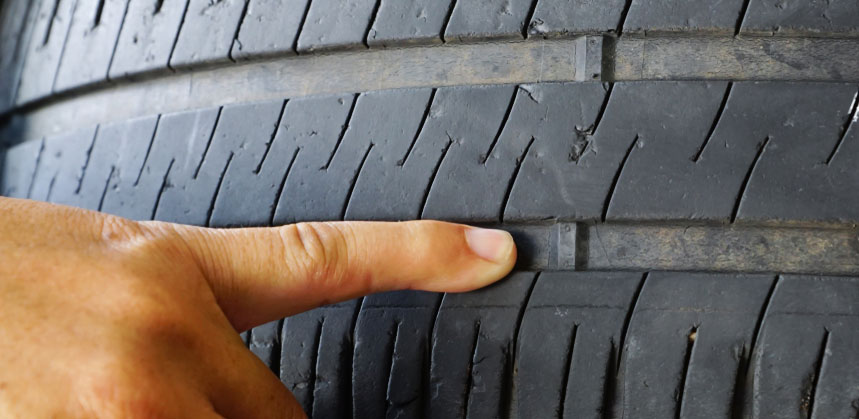 nine0003
nine0003
Retreading, or changing the tread band, is the most common way to retread truck tires, allowing them to recover at least 50-60% of their original life. Retreaded tires are widely used in all world markets, for example, in Europe they account for more than half of total sales.
Given the high quality of the tire carcass, welding can be performed repeatedly, increasing the tire life up to 450-500 thousand kilometers. Hardfacing can be cold or hot. Let's analyze the differences between these technologies. nine0003
When retreading car tires in small factories, the cold method is most often used.
Image: GoodYear
It looks like this. The worn tire is placed in a special machine, where the tread layer is removed from it with a cutter. The breaker layer is carefully inspected for defects, which are repaired using pneumatic tools. The next stage is extrusion, in which the breaker is covered with a layer of raw rubber covering all defects. After that - another layer of raw rubber. nine0003
After that - another layer of raw rubber. nine0003
Images: Nokian Tires
Next, the tread tape is applied to the tire. As a rule, all major tire manufacturers produce such tapes, for example, Nokian Tires calls such treads Noktop and E-Tread. An interesting feature of the Noktop tread is the two-layer structure. A softer top layer provides improved traction in winter. By spring, it wears off, revealing a more rigid tread, optimal for use at positive temperatures. nine0003 Image: Nokian Tires
The assembled tire is placed in a so-called envelope, from which the air is evacuated. Next, the tires are placed in an autoclave, where, at a pressure of about 4 atmospheres at a temperature of 110 degrees Celsius, the vulcanization process takes place. As a result, the tread is tightly connected to the tire carcass.
The second technology - hot vulcanization - is distinguished by the highest quality of recovery, but due to its high cost and energy consumption, it is used only in large-scale industries. nine0003 Image: GoodYear
nine0003 Image: GoodYear
Hot welding is performed at 180 degrees Celsius and its main difference from the cold process is that a large layer of raw rubber (including sidewalls) is applied to the prepared carcass and then vulcanized with a press -shape on the tire is formed tread pattern - just like when creating a new tire.
For example, GoodYear has this technology called TreadMax or Next Tread. Technology means not only the tape itself, but also special equipment complete with technological maps. nine0003
Hot retread tires are more expensive than cold retread tyres, but their quality and service life are higher.
Modern technologies really make it possible to provide high-quality and even repeated retreading of truck and commercial car tires. But restoration is different for restoration - an artisanal procedure, performed in violation of technology, can lead to the separation of the tread tape and the destruction of the tire carcass while driving. nine0003
nine0003
That's why, when choosing retreaded tires, contact only certified suppliers who work according to official factory technology and comply with all necessary quality standards. Buying “nameless” retread tires can be too expensive!
If you carefully read the traffic rules, you could not miss such a detail as the requirement to install tires of a certain retreading class on the front and rear axles of the vehicle. In most cases, car drivers are unfamiliar with the restoration procedure - after the rubber resource is exhausted, it is simply thrown away. But the owners of trucks can tell a lot about such a procedure as tire retreading. We will tell you how car tires are repaired, what methods are used, and for whom this service is suitable. nine0003
A worn protector can sometimes be replaced with a new one
Contents
It is known that a tire carcass is hidden inside the rubber layer, which is represented by many layers of metal cord and nylon (or other synthetic) fabric. It is extremely rarely subjected to heavy wear, since only the top layer of the tread is in contact with the road, which is erased with every kilometer of movement. Therefore, when the wheels are completely worn out, it is possible to retread the tires. nine0003
It is extremely rarely subjected to heavy wear, since only the top layer of the tread is in contact with the road, which is erased with every kilometer of movement. Therefore, when the wheels are completely worn out, it is possible to retread the tires. nine0003
The essence of the operation is quite simple - the worn out tire tread is replaced with a new one, using various methods for this. The wheels become roadworthy again and provide an excellent level of safety even on slippery or wet roads. However, such tires are somewhat inferior to new ones - their service life is halved, and the characteristics that affect handling are often far from the reference ones.
To understand where to go for tire retreading, you should first study the features of the services provided by various service companies. It is possible that this type of restoration cannot be applied to the wheels you are using, or it is associated with excessive risk. Consider ways to restore the tread.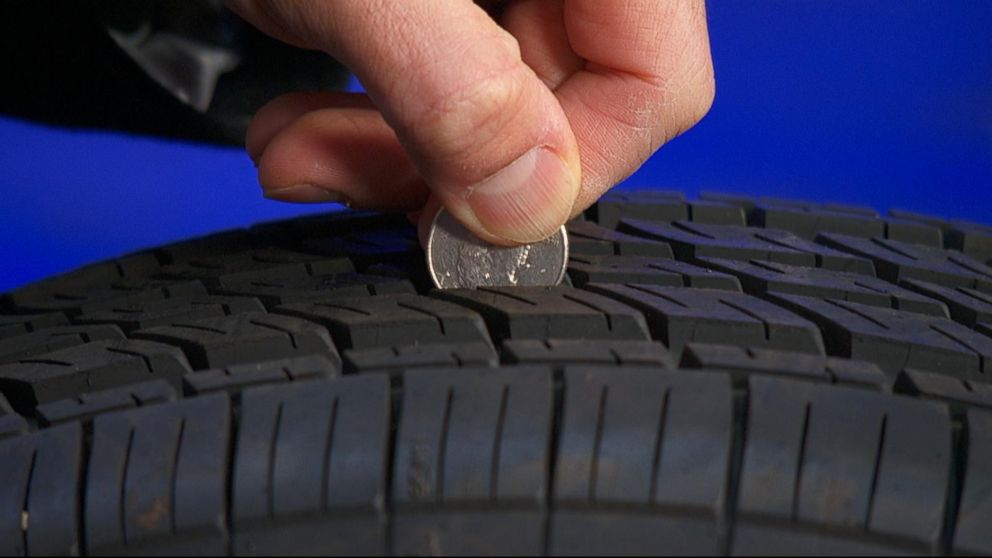 nine0003
nine0003
This method for extending the life of automobile tires applies exclusively to truck tires. At the same time, not every truck tire can be regrooved - to make sure that your rubber is suitable for such restoration, it is worth looking for the inscription "Regroovable" on it. Representatives of large fleets prefer to order tires directly from the manufacturer or an importer associated with it, so as not to encounter a fake that can become unusable when cut. nine0003
The essence of the technique is very simple - Regroovable tires have a fairly large protective layer of rubber located under the tread. Its chemical composition is completely identical to the top layer, so the new protector does not differ in characteristics from the previously used one. The specialist uses a thermal knife heated to a high temperature and connected to a high-frequency oscillation generator. When it cuts through the protective layer of the tire, the rubber is immediately soldered, which prevents its accelerated wear. It takes about an hour to retread one truck tire by cutting, after which it must cool down for the same amount of time before being installed on a vehicle. nine0003
It takes about an hour to retread one truck tire by cutting, after which it must cool down for the same amount of time before being installed on a vehicle. nine0003
Even if there is no additional layer intended for cutting the tread, you can build up the tread, or, as they said earlier, “weld on”. First, the tire is treated with an abrasive tool, producing the so-called roughening. Only 1.5 millimeters of rubber remains on the wheel over the cord - the minimum safe layer. After that, all the damage received by the tire during operation becomes visible - the consequences of impacts, cuts and other negative external influences. They are treated with "plasters" of raw rubber, after which the wheel is sent for vulcanization. nine0003
The pre-finished wheel is subjected to quality control, after which a tie coat and a new pre-treaded rubber are applied to it. Now hot recovery begins - vulcanization at a temperature reaching 160-175 degrees. The procedure is quick and efficient - the tire becomes very strong and durable. However, there are a number of disadvantages of hot recovery:
However, there are a number of disadvantages of hot recovery:
The disadvantages of the hot process have led many companies to find a way to reduce the temperature at which vulcanization is performed. Restoration is carried out in a similar way - during roughening, defects are detected, which are eliminated by gluing with raw rubber, and after preliminary vulcanization, a new tread is welded on top of the minimum layer. In this case, a composition is used that the developers keep secret - it is a special material that allows for restoration at relatively low temperatures. nine0003
Cold repair works well on previously retreaded wheels - it's considered gentle because of the 100-degree temperature that doesn't change the physical properties of the rubber.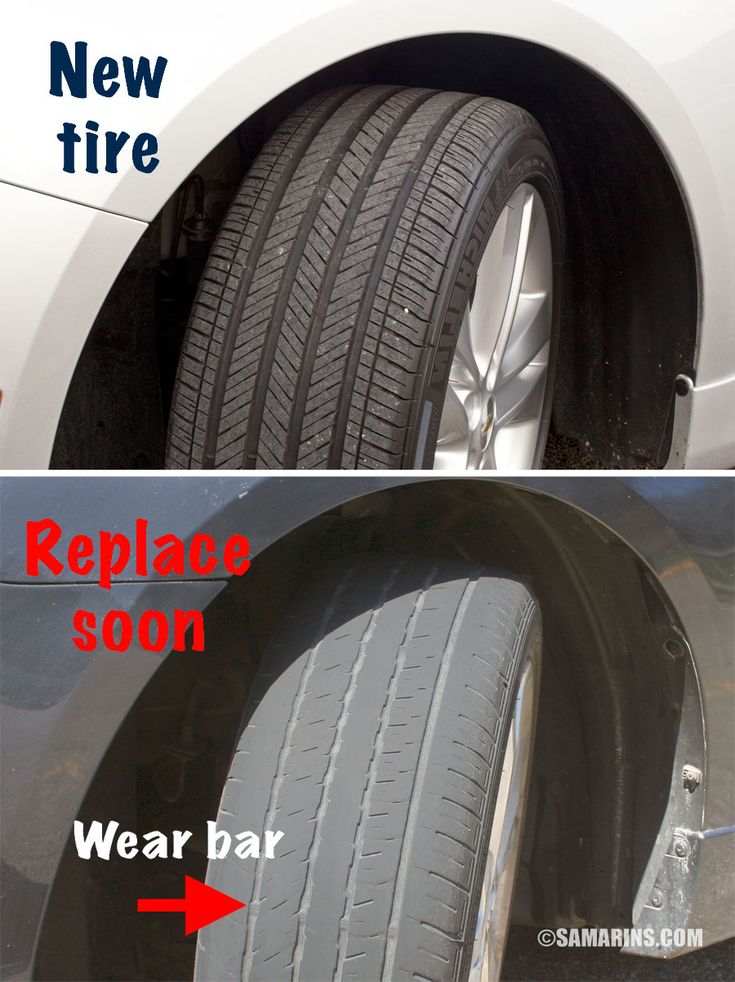 In addition, the cord retains maximum strength and elasticity, which allows you to maintain ideal parameters that affect handling and safety. However, not all tires may be suitable for cold vulcanization retreading - this should be kept in mind when going to a specialized workshop. nine0003
In addition, the cord retains maximum strength and elasticity, which allows you to maintain ideal parameters that affect handling and safety. However, not all tires may be suitable for cold vulcanization retreading - this should be kept in mind when going to a specialized workshop. nine0003
It should be understood that the listed recovery methods were originally developed for freight transport. If we talk about cutting the tread in an additional layer of rubber, then this option is not available for cars - this is due to the small size of the wheels and high requirements for the comfort of the chassis. Consequently, car owners can only use vulcanization - cold and hot.
However, there are limitations in this case as well. Immediately it is necessary to exclude the restoration of tires with low cord strength - that is, budget models of Russian, Chinese, Turkish and Korean manufacturers. In addition, you should not restore the tires of high-speed models, since the behavior of a powerful car with such rubber will be simply unpredictable. Only a few categories of middle-class tires remain - and even after restoration they pass only 20-40% of the original resource. We can conclude that the restoration of passenger tires practically does not make sense. nine0003
Many drivers fear that after installing such rubber on the car, they will endanger their lives, because the tire can explode at any time, which will lead to a serious accident. It is unfair to say so - statistics show that when restored by vulcanization, the rejection rate reaches only 0.06%. In addition, even in this case, the wheel explosion does not occur, since the inside of the tire does not come into contact with the asphalt surface. The most likely damage is the delamination of the top layer of rubber, which does not lead to dangerous consequences. nine0003
When using wheels with a cut tread, you can not worry about violating their integrity.